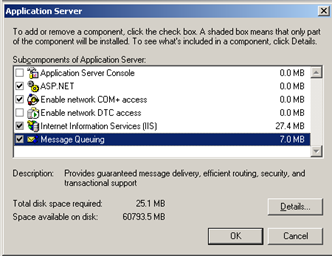Below are some TFS commands and tips that might be useful:
Delete a build:
tfsbuild.exe delete http://:8080 “” “” /noprompt
Delete a label:
tf label /server:http://:8080 @ /delete
Delete a TeamProject (be careful):
TfsDeleteProject.exe /q /server: /force
Tip: The reporting site is not properly deleted! Go to http://servername/Reports; click on “Show details”; check the teamproject and press delete.
Check your latest warehouse run:
In the database TfsWarehouse a table dbo._Warehouseconfigexists. Check the row with IDLastProcessTimeStamp
Stop a running build (TFS2005):
Go to your buildserver and navigate to the directory Program filesMicrosoft Visual Studio 8Common7IDE; start the command:
tfsbuild.exe stop “>teamproject>” “”
You can remove the build with
tfsbuild.exe delete “” “”
Deleting the TeamProject does not delete the Report or the WSS site (location on wss server is http://localhost/sites/[TEAMPROJECTNAME]. You can delete this components in their respective programs.
All sharepoint sites defined on the server can be retrieved from the SQL table: STS_Config_TFS.dbo.sites


